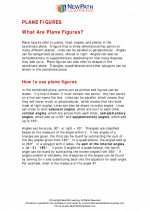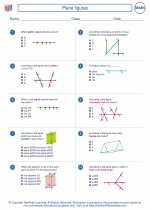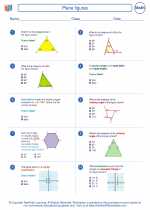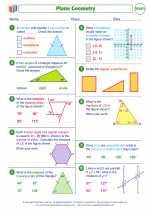Weather Stations
A weather station is a facility that is equipped with instruments and equipment to measure and record various weather conditions such as temperature, humidity, wind speed and direction, atmospheric pressure, and precipitation. These stations are an integral part of the network that collects data for weather forecasting, climate research, and other scientific purposes.
Types of Weather Stations
There are different types of weather stations, each designed to measure specific weather parameters:
- Automatic Weather Station (AWS): These stations are equipped with sensors and data loggers to automatically record weather data at regular intervals.
- Weather Buoys: These are floating stations deployed in bodies of water to monitor marine weather conditions.
- Weather Radars: These stations use radar technology to track precipitation and measure its intensity and movement.
- Weather Satellites: Orbiting stations that provide a broad view of weather patterns and systems from space.
Key Components of a Weather Station
A typical weather station consists of the following key components:
- Temperature Sensor: Measures air temperature.
- Humidity Sensor: Measures the amount of moisture in the air.
- Barometer: Measures atmospheric pressure.
- Anemometer: Measures wind speed and direction.
- Rain Gauge: Measures the amount of precipitation.
- Data Logger: Records and stores the weather data collected by the sensors.
Importance of Weather Stations
Weather stations play a crucial role in various fields and activities, including:
- Weather Forecasting: The data collected from weather stations is used to predict and forecast weather conditions, helping people and organizations make informed decisions.
- Agriculture: Farmers rely on weather data for planning planting and harvesting activities.
- Aviation: Weather stations provide vital information for safe air travel, including wind patterns, visibility, and turbulence forecasts.
- Climate Research: Long-term weather data collected by stations contributes to climate studies and research on global climate change.
Study Guide
Here are some key concepts and terms to understand when studying weather stations:
- Define the term "weather station" and explain its importance in collecting weather data.
- Identify and describe the key components of a typical weather station, including sensors and instruments.
- Discuss the different types of weather stations and their specific functions, such as automatic weather stations, weather buoys, and weather radars.
- Explain the role of weather stations in weather forecasting, agriculture, aviation, and climate research.
- Research and present a case study on a specific weather event or natural disaster where weather station data played a significant role in prediction and response.
Understanding weather stations and the data they collect is essential for anyone interested in meteorology, climate science, or environmental studies. It's also important for individuals who want to be informed about local weather conditions and their impact on daily activities.
[Weather Stations] Related Worksheets and Study Guides:
.◂Math Worksheets and Study Guides Eighth Grade. Plane figures

 Worksheet/Answer key
Worksheet/Answer key
 Worksheet/Answer key
Worksheet/Answer key
 Worksheet/Answer key
Worksheet/Answer key
 Worksheet/Answer key
Worksheet/Answer key
